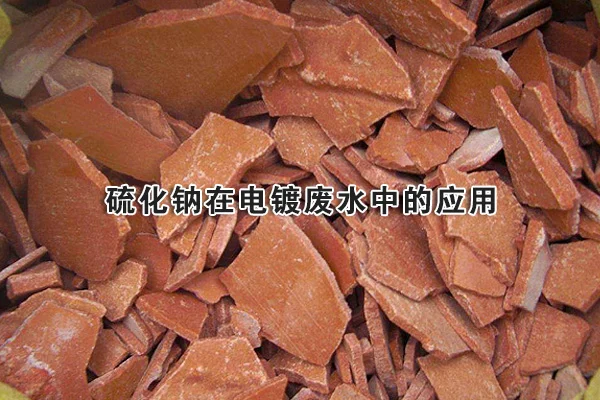
Introduction
The electroplating industry plays a significant role in modern industry. Many tools in our daily lives are electroplated, which not only enhances their aesthetic appearance but also effectively delays rusting and other issues. Electroplating industry features diverse production processes, resulting in different types of wastewater discharges. These include acid and alkali pre-treatment wastewater, cyanide-containing wastewater from cyanide copper plating, copper-containing wastewater, nickel-containing wastewater, chromium-containing wastewater, and other heavy metal wastewaters. To treat these wastewaters, the chemical agent sodium sulfide is often utilized. This article will explore the effectiveness of sodium sulfide in treating electroplating wastewater.
Properties of Sodium Sulfide
Sodium sulfide, also known as smelly alkali, smelly soda, yellow alkali, red alkali, or sulfide alkali, is an inorganic compound. It has a strong hygroscopic property and is highly soluble in water. Its aqueous solution is strongly alkaline and can cause burns when it comes into contact with skin and hair, thus the name sulfide alkali.
Applications in Electroplating Wastewater Treatment
Sodium sulfide is effective in treating various metal pollutants in electroplating wastewater. It can handle not only copper in electroplating wastewater but also pollutants such as chromium, zinc, lead, nickel, and cyanide. When dealing with complex copper wastewater, a common approach is to add ferrous sulfate or other reducing substances under acidic conditions to break the complex. Then, adjust the pH to alkaline and add sodium sulfide. This process can reduce the amount of sodium sulfide used and prevent the formation and release of hydrogen sulfide gas under acidic conditions.
For free heavy metal wastewater, sodium sulfide can be directly added for treatment. However, for complex heavy metal wastewater, a pre-treatment to break the complex is required. Sodium sulfide hydrolyzes and reacts with complex heavy metal wastewater to form sulfide precipitates with very low solubility. These sulfide precipitates are not easily soluble even under acidic conditions. Therefore, using sodium sulfide to treat complex heavy metal wastewater has the advantages of low cost and good stability.
Considerations in the Use of Sodium Sulfide
One of the common issues in using sodium sulfide is the dosage. If the dosage is too low, the copper removal effect is not satisfactory. If the dosage is too high, it can darken the water body and increase the COD to a certain extent, polluting the water. To address this, before using sodium sulfide, it is necessary to adjust the pH value of the water to around 9. Additionally, conducting a beaker test in advance to determine the appropriate dosage can help avoid poor treatment effects or an increase in the COD content in the water.
Conclusion
Sodium sulfide has good treatment effects on heavy metal wastewaters from various industries such as printed circuit boards, metal smelting, electroplating, and dyeing. However, when using it to treat electroplating wastewater, we need to pay attention to the dosage and treatment process to maximize its advantages in treating wastewater while minimizing potential negative impacts. By carefully controlling these factors, sodium sulfide can be a valuable tool in the effective treatment of electroplating wastewater, contributing to environmental protection and sustainable development in the electroplating industry.
- Random Content
- Hot content
- Hot review content
- Toxicity Assessment of Sodium Cyanide and Relevant Hazard Prevention Measures
- Sodium Isopropyl Xanthate 90% SIPX
- Expanded AN explosive
- 99.5% min Ammonium Chloride For Industrial Use
- Ammonium Persulfate Industrial Grade 98.5%
- Feed Grade 98.0% Calcium Formate
- Manganese sulfate
- 1Discounted Sodium Cyanide (CAS: 143-33-9) for Mining - High Quality & Competitive Pricing
- 2Sodium Cyanide 98% CAS 143-33-9 gold dressing agent Essential for Mining and Chemical Industries
- 3Sodium Cyanide 98%+ CAS 143-33-9
- 4Anhydrous Oxalic acid 99.6% Industrial Grade
- 5Soda Ash Dense / Light 99.2% Sodium Carbonate Washing Soda
- 6Oxalic acid for mining 99.6%
- 7Calcium hydroxide Industrial Grade 90%
- 1Sodium Cyanide 98% CAS 143-33-9 gold dressing agent Essential for Mining and Chemical Industries
- 2High Quality 99% Purity of Cyanuric chloride ISO 9001:2005 REACH Verified Producer
- 3 High-Quality Sodium Cyanide for Leaching
- 4Powdery emulsion explosive
- 5Industry Grade Electron grade 98% Sulfuric Acid H2SO4 Sulphuric Acid Battery Acid Industrial Sulfuric Acid
- 6Colloidal emulsion explosive
- 7sodium hydrosulfide 70% flakes used Mining Industry

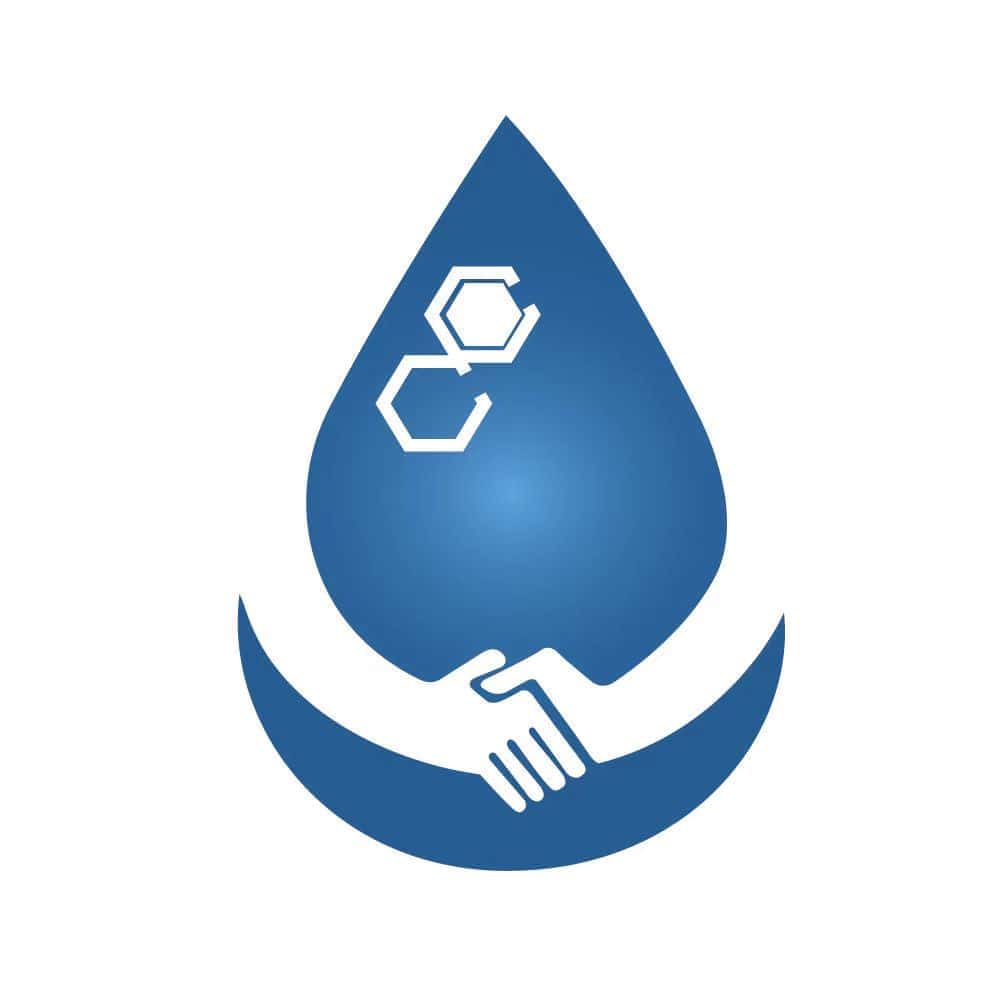

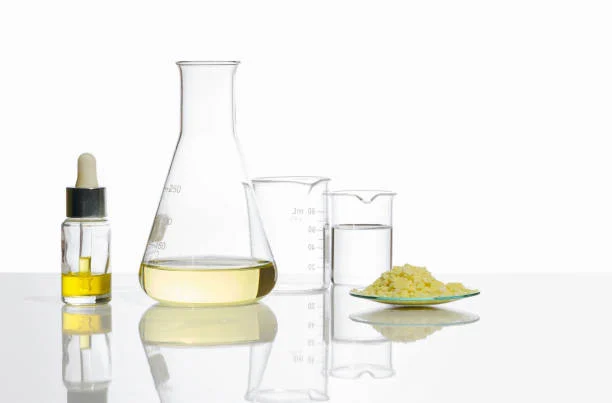
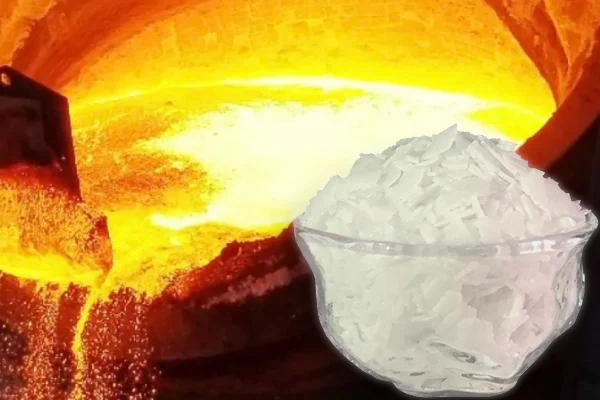
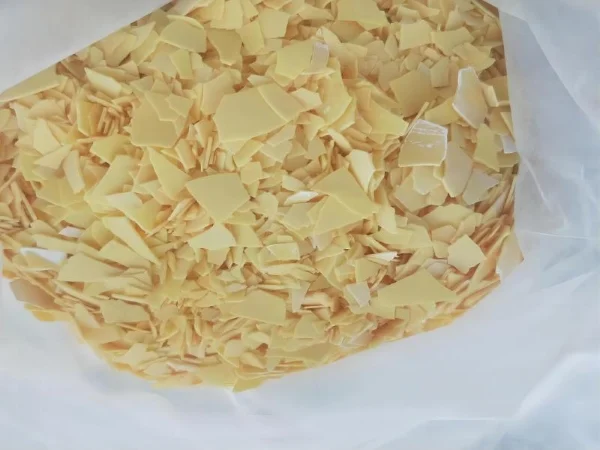
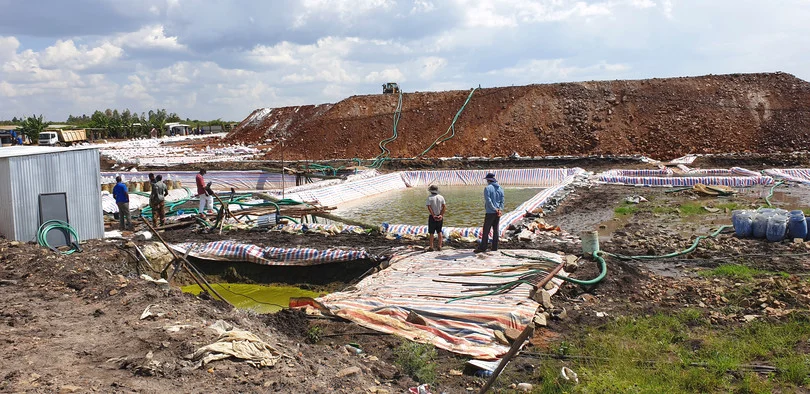




Online message consultation
Add comment: